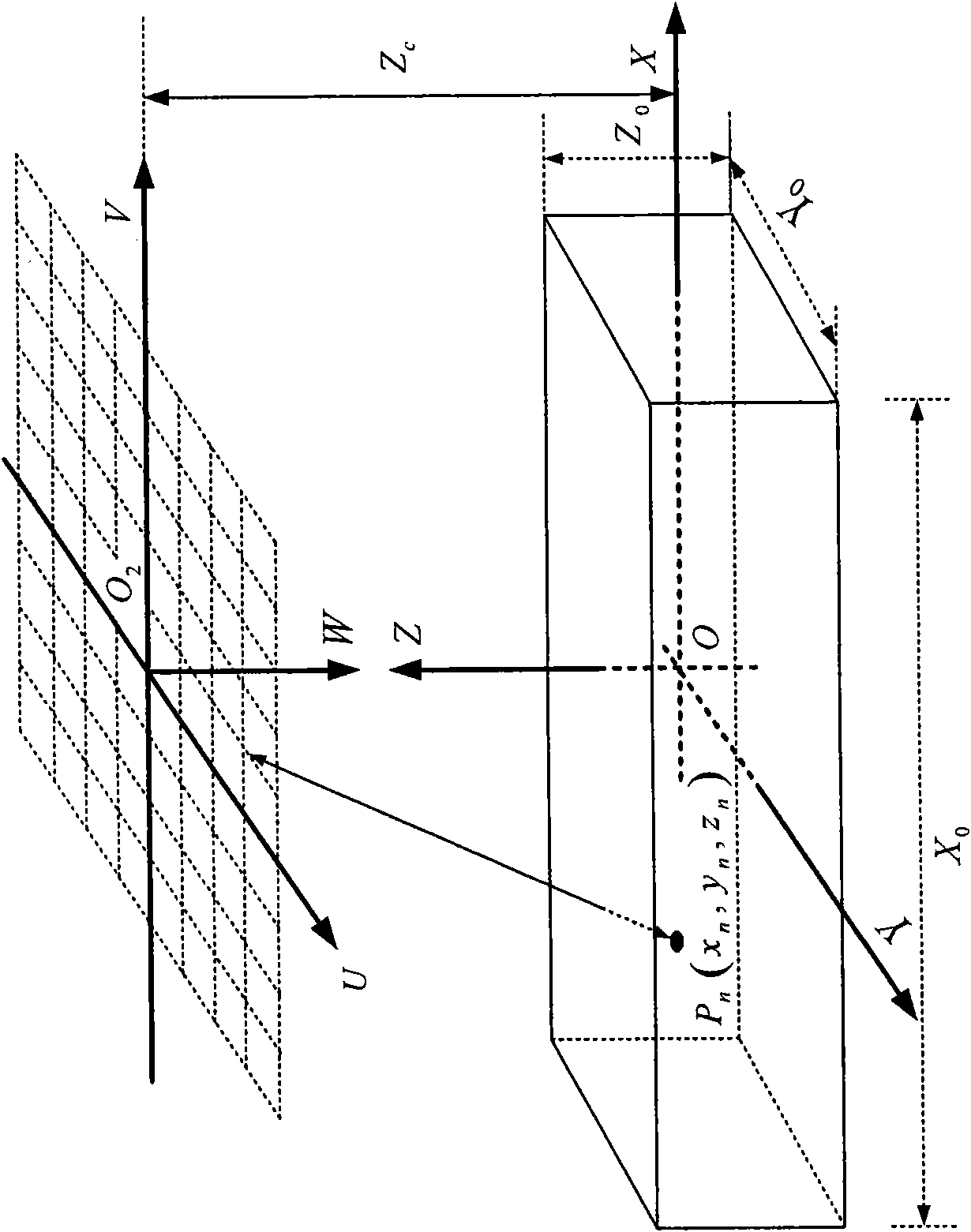Method for generating three-dimensional imaging original echoed signals of chromatography synthetic aperture radars
A technology of aperture radar and tomosynthesis, which is applied in radio wave measurement system, radio wave reflection/re-radiation, utilization of re-radiation, etc., can solve unfavorable modular implementation, time-consuming echo generation, and echo generation process consumption Time and other issues
- Summary
- Abstract
- Description
- Claims
- Application Information
AI Technical Summary
Problems solved by technology
Method used
Image
Examples
Embodiment Construction
[0051] Various details involved in the technical solution of the present invention will be described in detail below in conjunction with the accompanying drawings. It should be pointed out that the described embodiments are only intended to facilitate the understanding of the present invention, rather than limiting it in any way.
[0052] against figure 1 The schematic diagram of the three-dimensional imaging geometry of the tomosynthetic aperture radar in the prior art shown does not consider the relationship between the center of the two-dimensional synthetic aperture plane of the tomosynthetic aperture radar and the imaging area. The present invention provides a three-dimensional imaging geometric schematic diagram of tomosynthetic aperture radar including multiple imaging geometric relationships, and the imaging geometric schematic diagram includes two coordinate systems OXYZ and O 2 UVW, OXYZ represent the three-dimensional image space of the original echo signal of the to...
PUM
 Login to View More
Login to View More Abstract
Description
Claims
Application Information
 Login to View More
Login to View More - R&D
- Intellectual Property
- Life Sciences
- Materials
- Tech Scout
- Unparalleled Data Quality
- Higher Quality Content
- 60% Fewer Hallucinations
Browse by: Latest US Patents, China's latest patents, Technical Efficacy Thesaurus, Application Domain, Technology Topic, Popular Technical Reports.
© 2025 PatSnap. All rights reserved.Legal|Privacy policy|Modern Slavery Act Transparency Statement|Sitemap|About US| Contact US: help@patsnap.com



